Outdoor Travels
What Is Rockhounding And Where Are The Best Spots In The US To Do It
Published
3 years agoon
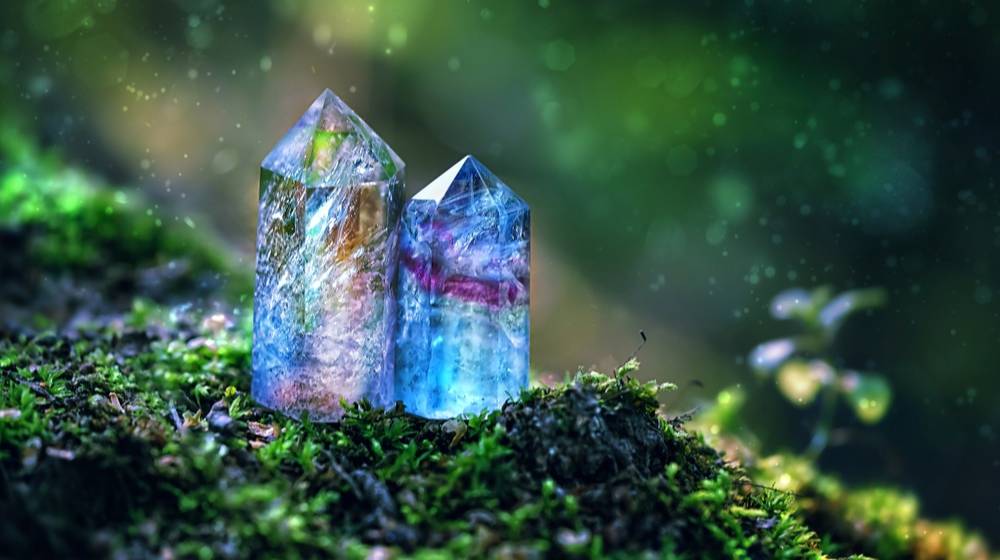
If you’re thinking of starting a new hobby, try rockhounding. Explore the world of minerals and rocks, and start a collection of these items. Read on to find out more information about this exciting recreation.
In this article:
- What Does Rockhounding Mean?
- How Do You Start Rockhounding?
- What Tools Do I Need for Rockhounding?
- How Do You Tell if a Rock Is a Geode?
- What States Can You Find Geodes?
RELATED: Water Skiing Destinations In The U.S. | America’s Best Spots For Skiing
Rock and Mineral Collecting | Frequently Asked Questions About Rockhounding
What Does Rockhounding Mean?
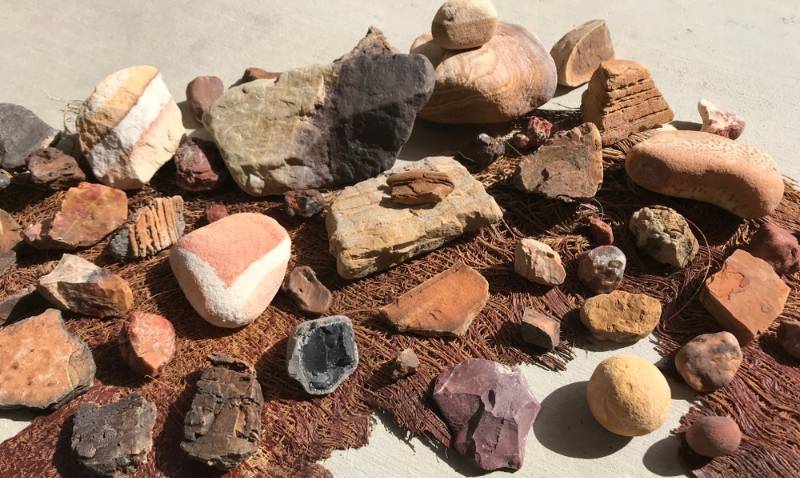
Rockhounding is also called rock collecting or amateur geology. It’s the gathering of fossils, rocks, and minerals coming from the natural surroundings. Since it’s a non-professional way of studying these pieces, you can do it during your pastime.
There has been a rising trend of rockhounding in recent years. This is because a collection can already start by taking a rock. There are also groups that do rockhounding as one of their art therapy activities. They look for specimens in groups, then they collate these items.
Keep in mind that there are laws on rock collection that are in place. Do your research before exploring public areas. Check which national parks in America prohibit rockhounding.
How Do You Start Rockhounding?
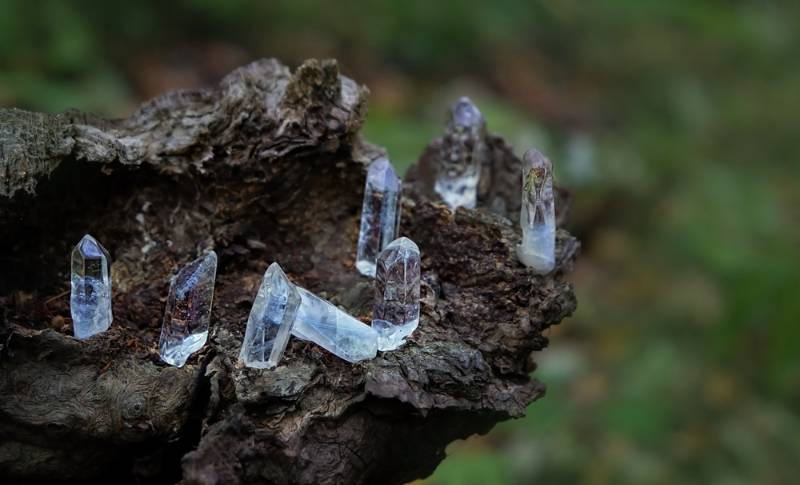
You can begin rockhounding within the proximity of your home. Take a survey of your area, and connect with people who share similar interests. There might be a local club in your place where you can learn more about rock collecting.
If you want to do rockhounding by yourself, you need to obtain the necessary equipment. Then, classify all your samples as early as possible. Keep a database with labels and information about each specimen. Remember that each piece has its own history, and that’s what makes it unique, special, and valuable.
You also have to learn how to arrange and manage your rock collection. If you want to show off all your specimens, clean each item, and choose which you want to parade. To achieve an admirable exhibit, avoid displaying ordinary pieces. Instead, select samples that are sophisticated.
Once you’ve determined where you’ll focus your collection, connect with reputable dealers. They’ll let you know once they find an item that might interest you. It’s better to own a small collection of quality specimens rather than a large one full of average pieces.
What Tools Do I Need for Rockhounding?
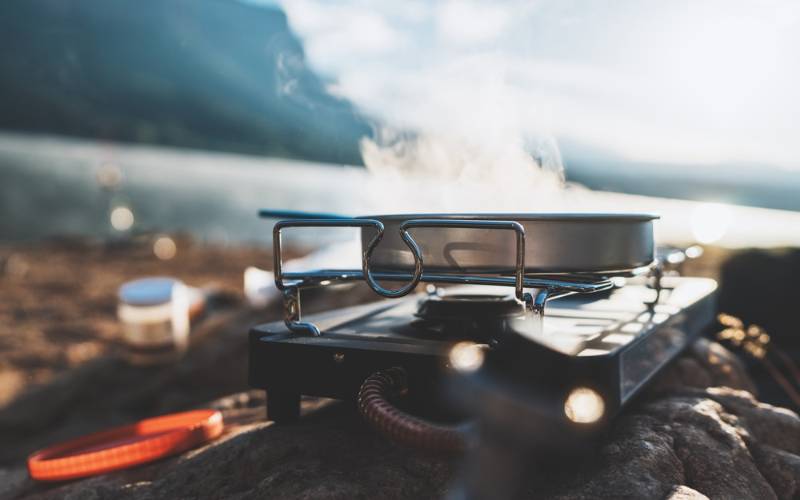
In rockhounding, you need to break solid rocks and dig into crevices. The following tools will help you throughout your rock collection journey:
- Personal and safety equipment: Since you’ll be hitting rocks, you need to protect your eyes, hands, head, and feet. Wear goggles, gloves, hard or sun hat, polarized sunglasses, and steel toes. Additionally, don’t forget to bring your first aid kit, sunscreen, food, and water.
- Collecting tools: A quality set of hammers, pry bar, chisels, pick, and paintbrush will make your rockhounding easier. Remember to bring only tools that you’re comfortable to hold.
- Specimen identification tools: Carry a suitable field guide and vinegar to help you identify your specimens. Bring a UV lamp and magnifying glass as well to help you recognize small fossils and crystals.
- Specimen transportation tools: Protect and take good care of all your samples. Wrap them individually using plastic first then newspaper. Expect that you’ll be carrying a heavy pack, so prepare a bag where you can put all your items.
- Navigation and record-keeping tools: You have to take note of information about your specimens such as their location. Maps and guidebooks will help you reach sites and find your way through rough terrains.
RELATED: Surfing | Most Thrilling Spots To Surf In The Land of the Free
How Do You Tell if a Rock Is a Geode?
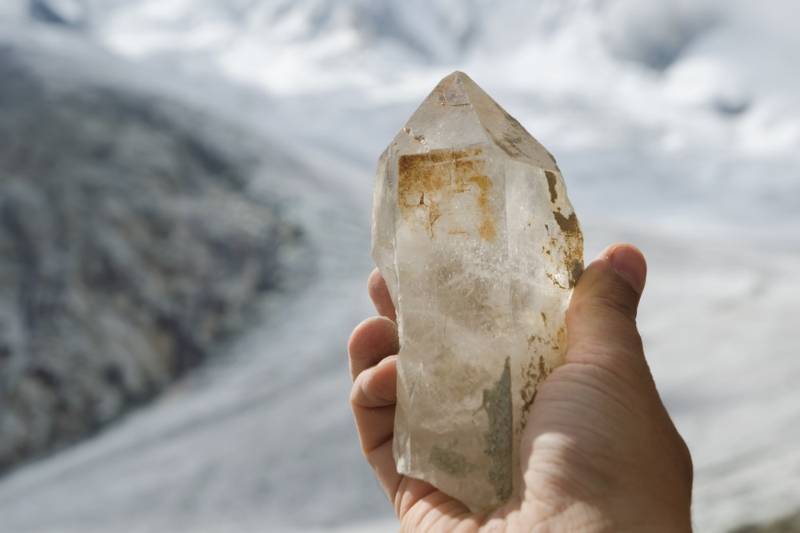
At first sight, a geode may look like it’s only a simple rock, but once you crack it open, it’ll show a fascinating core. It’s empty inside, but its space is lined with substances and mineral deposits. These include crystals, quartz, celestite, dolomite, ankerite, gypsum, pyrite, and goethite. Some even have liquid petroleum in them.
Geodes are formed in numerous ways involving biological, geological, and chemical activities. They can come from volcanic eruptions, sedimentary rocks, or limestone hollows. Evaporation, pressure, and temperature also create geodes.
What States Can You Find Geodes?
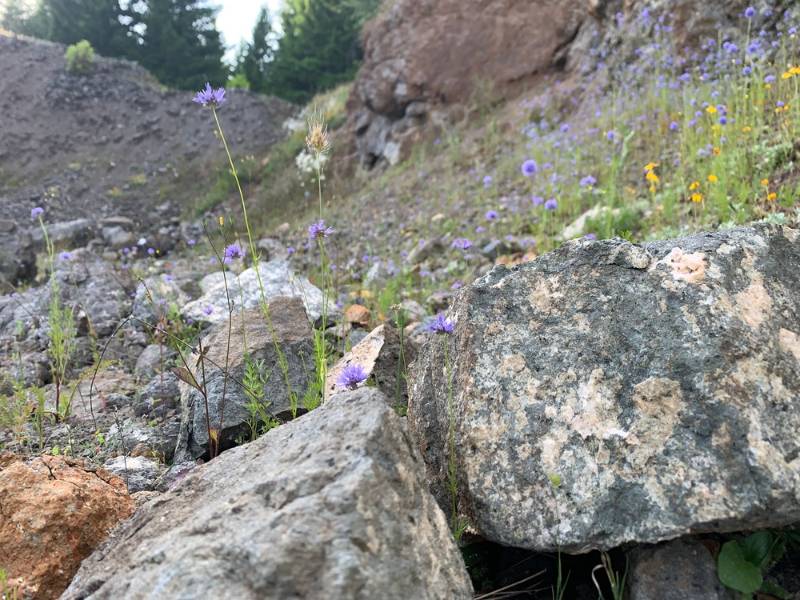
You can discover geodes in numerous areas of the US. The accessible collecting sites in America are the following:
- Kentucky: There are areas in the east-central and south-central parts of this State where you can hunt. You can find massive geodes with a diameter of two feet in Warsaw-Salem Formations, Fort Payne, and Green River.
- Iowa: The state rock of Iowa is rich in geodes, and they’re displayed in museums all over the world. Various sizes of crystals here are sought after by amateur geologists. You can do rock hunting in Geode State Park, Des Moines River, and Mississipi River. There’s also an annual celebration, called Geode Fest, which you can attend to meet with other collectors.
- Utah: You can find volcanic geodes at Dugway Geode Beds. The specimens here have igneous rhyolite rinds, and they’re hidden 1-4 feet under a layer of clay.
- Indiana: The south-central areas of this state are rich in limestones. Go stream hunting at the Monroe Reservoir, Bear Creek, and Hoosier National Forest. You might need to secure a permit before you do rock collecting since some streams are a part of private properties.
- California: This state has various geode areas such as Hauser Geode Beds. Potato Patch Thunder Eggs is also another good place to hunt. From the name itself, this is where you can find potato-sized geodes. They are usually scattered on the ground, and all you have to do is collect them.
Watch this video by Rockhounding USA as they travel to Kemmerer, Wyoming to collect fossils of Green River Formation:
You don’t need to be a scientist to do rockhounding. Begin your documentation of the natural environment, and make it both a fun escapade and a mysterious adventure.
Do you have other rockhounding questions in mind that you’d like to ask us? Share them with us in the comments section below!
Up Next:
TIME SENSITIVE INFORMATION: EX-CIA Agent Takes You Through The Intensive Sharp Shooter Training He Learned In The CIA Academy. In Just 30 Days Learn To Be A Sharp Shooter Like Every Agent Leaving The Academy.
- Canyoning | The Best Canyoneering Spots This World Has To Offer
- Top Outdoor Travels And Activities To Do Around The World
- Add The Best Hiking Trails Of Europe To Your Hiking Bucket List
Don’t forget to stay connected with us on Facebook, Twitter, and Instagram!
You may like

How To Build A Debris Hut

Ironman Triathlon Podcast: What You Need To Know As An Aspiring Ironman

Awesome Family Camping Tips For Beginners

Hiking Safety Tips: What To Do When You Have Knee Pain On Trail? [PODCAST]

How To Craft Sharp Stone Tools To Survive The Great Outdoors

Mountain Bikers, Why You Don’t Want to Ride Like a Pro!

Hiking Boot Accessories
The Handgun Safety Test For Beginners
These Hunting Shotguns Are The Best Bang For Your Buck
11 Types of Guns That Will Keep You Alive On Doomsday
Best ATV Tires – The Top 6 Lightest Mud Tires
Arizona Hunting Laws and Regulations

The Top 5 Hunting Guns You’ll Ever Need For A Wilderness Walk-out

Hunting And Conservation Discussion | Call Of The Outdoors Podcast [LISTEN]
The Handgun Safety Test For Beginners
These Hunting Shotguns Are The Best Bang For Your Buck
11 Types of Guns That Will Keep You Alive On Doomsday
Best ATV Tires – The Top 6 Lightest Mud Tires
Arizona Hunting Laws and Regulations

The Top 5 Hunting Guns You’ll Ever Need For A Wilderness Walk-out






